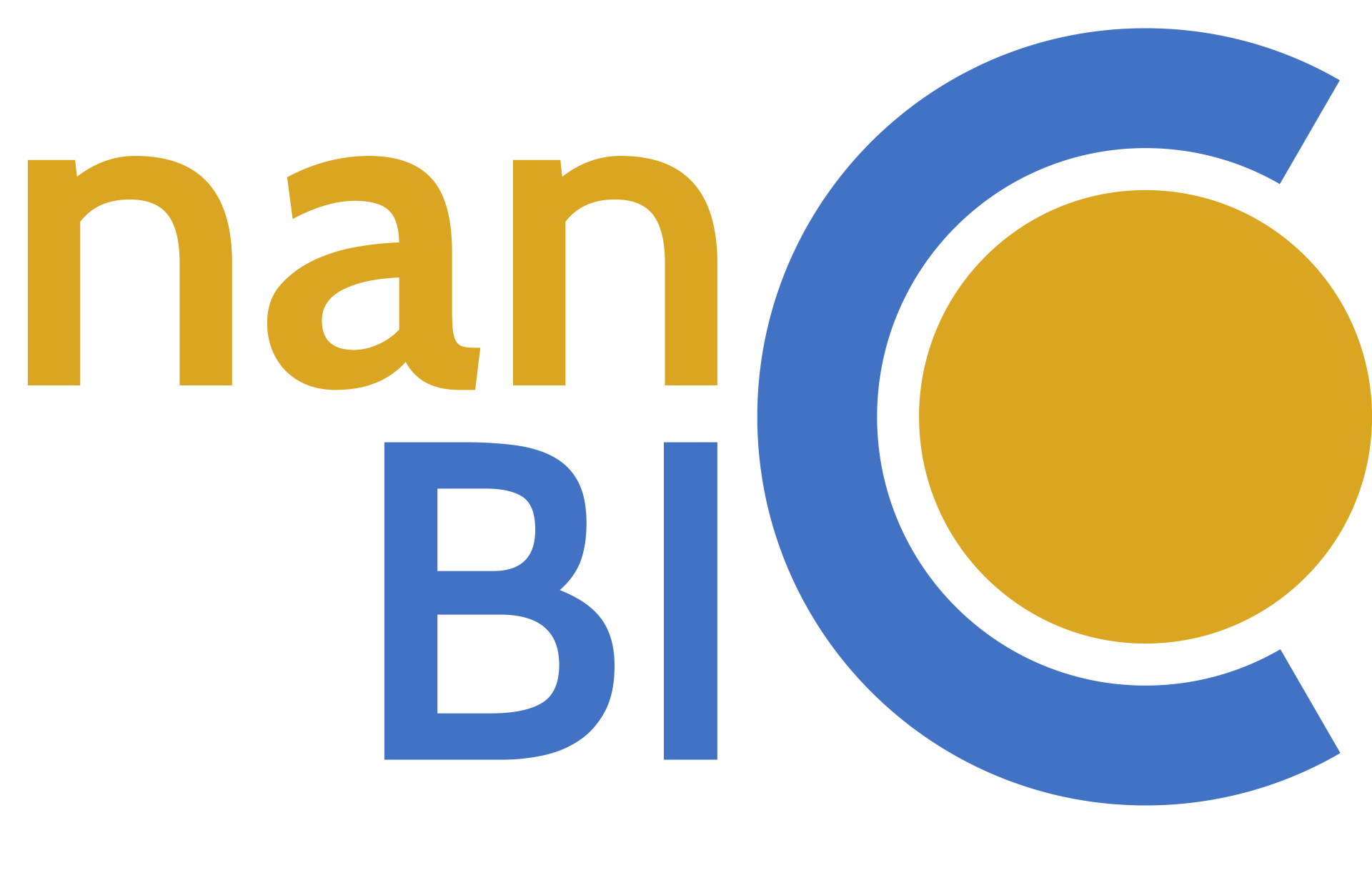Copper, dityrosine cross-links and amyloid-β aggregation
Guillem Vázquez, Ana B. Caballero, Jakub Kokinda, Ana Hijano, Raimon Sabaté, Patrick Gamez
J. Biol. Inorg. Chem. 2019, 24, 1217-1229
Copper is involved in Alzheimer’s disease (AD) where it appears to affect the aggregation of amyloid-β (Aβ) and to catalyze the production of reactive oxygen species (ROS). Oxidative stress apparently produces Aβ dimers that are covalently linked through two tyrosine residues. Such dityrosine cross-links are considered as potential markers of the disease and seem to be implicated in the pathological disorder. In the present study, pure o,o′-dityrosine (diY) was prepared enzymatically (with horseradish peroxidase; HRP), which was subsequently used to construct calibration lines aimed at quantifying nanomolar amounts of diY in reaction mixtures by fluorescence spectroscopy. Hence, diY concentrations down to 67 nM could be determined, which allowed to find that ca. 3% of dityrosine-bridged dimers of Aβ(1–40) were produced after 3 days at 37 °C in the presence of copper and dihydrogen peroxide. These cross-linked dimers in the presence of copper(II) ions completely inhibit the typical aggregation of Aβ, since β sheets could not be detected applying the usual Thioflavin T (ThT) method. Furthermore, the use of a potent Cu(II) chelator, such as the ATCUN tripeptide, l-histidyl-l-alanyl-l-histidine (HAH), efficiently prevented the copper-mediated generation of ROS and the associated dityrosine-bridged Aβ dimers, suggesting that such metal chelators may find future applications in the field of anti-AD drug design.






